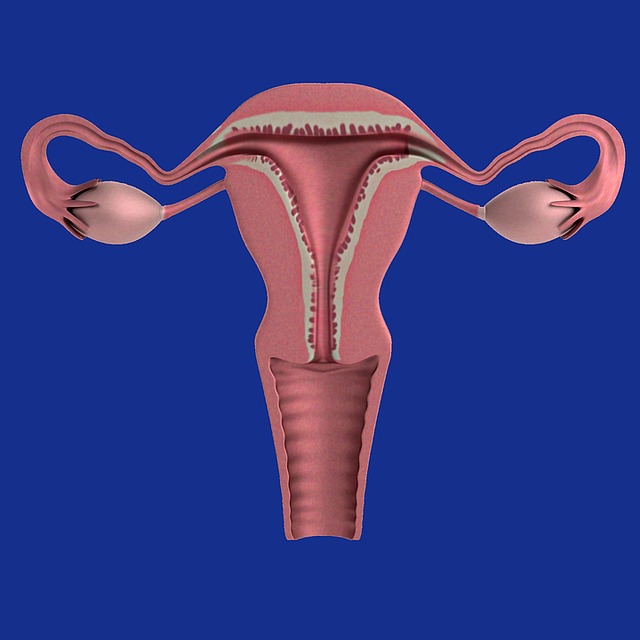Infertility, or the inability to conceive after 12 months or more of regular unprotected sexual activity, is a common public health issue worldwide. An American study on STDs says that sexually transmitted diseases like chlamydia and gonorrhea may be linked to pelvic inflammatory disease (PID) and can damage a woman’s fallopian tubes.

Worldwide, sexually transmitted infections (STIs) frequently cause infertility. For those who are unfamiliar, sexually transmitted infections (STIs) are diseases that are spread through sexual contact. Even though the contact is usually through oral, vaginal, or anal sex, it can sometimes spread through other close physical contact and lead to infertility in women.
While some non-sexually transmitted diseases, such as schistosomiasis, tuberculosis, and leprosy, can also result in infertility, these diseases typically have a high overall virulence. STIs, on the other hand, typically result in little mortality and morbidity; As a result, it appears that the effect on fertility is more “targeted” and specific. Additionally, there is a link between several STI pathogens and an increased risk of miscarriage and infant mortality.
The sexually transmitted pathogen may benefit by destabilizing partnerships and increasing promiscuity as a result of reduced fertility and an increased risk of complications during and after pregnancy. Both of these factors contribute to the host’s reduced reproductive success. The arrival of a child has a significant positive impact on the stability of marriage; On the other hand, infertility frequently causes a couple to separate and change partners, and a childless couple may also have a higher rate of extramarital sexual encounters.
As a result, an STI pathogen that causes infertility or miscarriage will benefit from higher rates of partner exchange and promiscuity, which will make it easier for the pathogen to spread throughout the population. Sexual activity decreases significantly in the months leading up to and following childbirth as a direct result of pregnancy as well. Therefore, by avoiding or minimizing this immediate effect, the induction of infertility, miscarriage, and infant mortality can also facilitate STI transmission.
Lastly, STIs are especially likely to affect the sexual network’s “hubs” or “core”: the most promiscuous individuals, who may play a significant role in transmission dynamics. Not only are people who are extremely promiscuous at risk for contracting STIs, but STIs may also actively generate transmission hubs, creating a vicious cycle of promiscuity and infertility.
The evidence that C. trachomatis and N. gonorrhoeae are associated with infertility is persuasive. However, the connections between M. genitalium, T. vaginalis, and other potential pathogens are only hints; they are far from conclusive. More research is required to support the claims that M. genitalium and T. vaginalis can cause infertility.
However, it is generally accepted that women who delay seeking treatment for an infection that is frequently asymptomatic are more likely to experience infertility and other reproductive complications. Screening and treatment should therefore be emphasized in the clinical setting for those pathogens that cause pathology in the reproductive tract.




